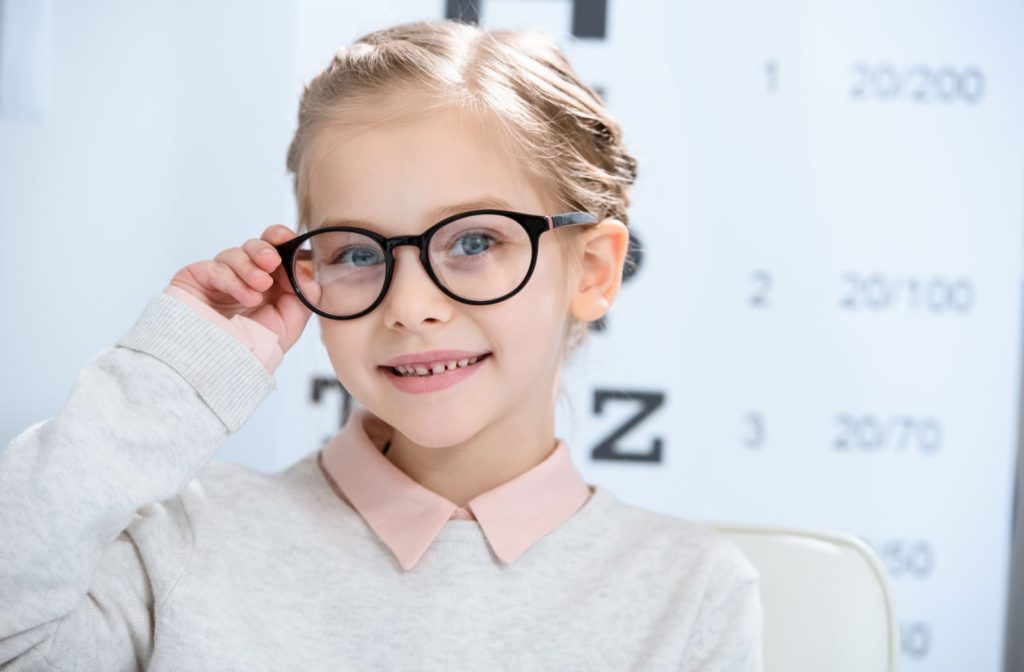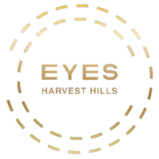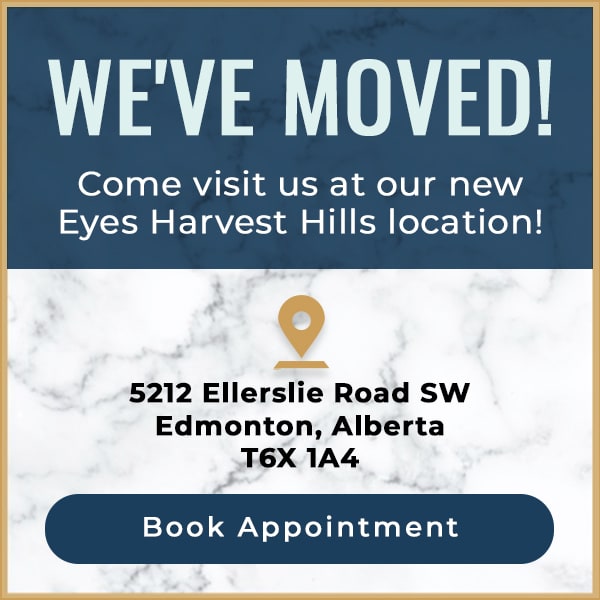The modern world has a myopia problem, and it’s not just confined to the office, your smartphone screen, or that tempting stack of books on the bedside table. It’s affecting children at an alarming rate. But our ability to combat this growing issue is also progressing, and one of our recent tools is Essilor Stellest lenses.
These aren’t your average glasses. Essilor Stellest lenses use zones of focus and defocus to offer vision correction while slowing myopia progression in children. These innovative lenses can be a core part of many myopia control plans and help your child preserve their vision.
Myopia in Children
Myopia, or nearsightedness, is a vision condition in which nearby objects are seen clearly, but distant objects are blurry. It occurs when the eyeball grows too long or the cornea (the clear front dome of the eye) is too curved.
In a healthy eye, the light rays pass through the cornea and focus directly on the retina at the back of the eye. For people with myopia, however, the light doesn’t focus on the retina. Instead, it focuses just in front of it, blurring faraway objects.
Myopia appears to have genetic and environmental components. For example, if you have myopia, it’s more likely your child will develop it too. However, there does appear to be a correlation between large amounts of near work, such as reading and computer use, with an increased myopia rate in children.
One of myopia’s most dangerous features is how it can progress, worsening as your child’s eyes continue to grow longer. As myopia is now occurring in younger kids, that gives it more time to affect their vision until it eventually stabilizes.
The prevalence of myopia is on the rise globally, and it is no longer just a refractive error; it’s a public health concern. High myopia prescriptions can increase a child’s future risk of serious eye conditions, such as:
- Retinal detachment
- Glaucoma
- Cataracts
- Macular degeneration
What are Essilor Stellest Lenses?
Traditional lenses focus solely on correcting vision. So while they can help your child see clearly, they don’t slow myopia’s progression. Since myopia can worsen until your child becomes an adult, optometrists use myopia control to try to slow the eye’s growth. This is where Essilor Stellest lenses shine. They can be a proactive player in myopia management while also correcting vision.
The Stellest lens uses H.A.L.T. (Highly Aspherical Lenslet Target) technology. The lens’s main part effectively corrects myopic vision, as one might expect from any pair of prescription glasses. The exciting part comes with the many tiny aspherical lenslets.
These are set in rings that go throughout the lens and create areas of defocus. When your child simultaneously sees a focused and defocused image, their eyes trigger a natural mechanism telling them to stop growing. Because they aren’t growing as much, they don’t keep getting longer and myopia progression slows.
This fascinating technology can slow myopia progression by 67% on average when compared to single-vision lenses.

Are Stellest Lenses Right for My Kid?
For parents looking to take the reins of myopia management, incorporating Essilor Stellest Lens into their child’s vision regimen can be a game-changer. But how can you know if your child can benefit?
The first step is consultation with an optometrist skilled in pediatric optometry and myopia control. Stellest lenses aren’t the only option for myopia management, and we can guide you through the process with personalized care so that whatever you choose can be the right fit for your child’s visual and lifestyle needs.
Myopia can be hard to recognize in children. They don’t always have the words to explain what they’re seeing. Signs that your child may have myopia and require myopia control include:
- Squinting, covering one eye, or tilting head to one side to read
- Headaches
- Excessive eye rubbing or blinking
- Holding reading materials close to face
- Complaining about discomfort or fatigue
- Lack of focus when reading
When developing a myopia control plan, other treatment options may include:
- Ortho-k contact lenses: Ortho-k lenses are worn overnight, gently flattening the cornea while your child sleeps before removing them in the morning. This can slow myopia while allowing active kids to enjoy their day without relying on lenses.
- MiSight contact lenses: MiSight lenses use a similar technology to Stellest lenses, relying on zones of focus and defocus—but in contact lens form.
- Atropine drops: Low-dose atropine drops are taken before bed and can be a part of a larger myopia control plan.
Every parental decision is a ripple in a child’s life, and a switch to Essilor Stellest Lens is no exception.
A Brighter Outlook with Essilor Stellest Lens
The myopia epidemic can seem like an ominous cloud, but Essilor Stellest Lens offers a silver lining. And for the forward-thinking parent, it can be an investment in their child’s future vision health.
Early intervention is essential, so kids should have eye exams yearly to detect problems and start working toward solutions. Eyes Harvest Hills is proud to help parents join the movement of managing myopia with Essilor Stellest lenses. Schedule a consultation today and let’s discuss how this innovative technology can help safeguard your child’s vision. The earlier you act, the greater the impact on your child’s myopia progression.




